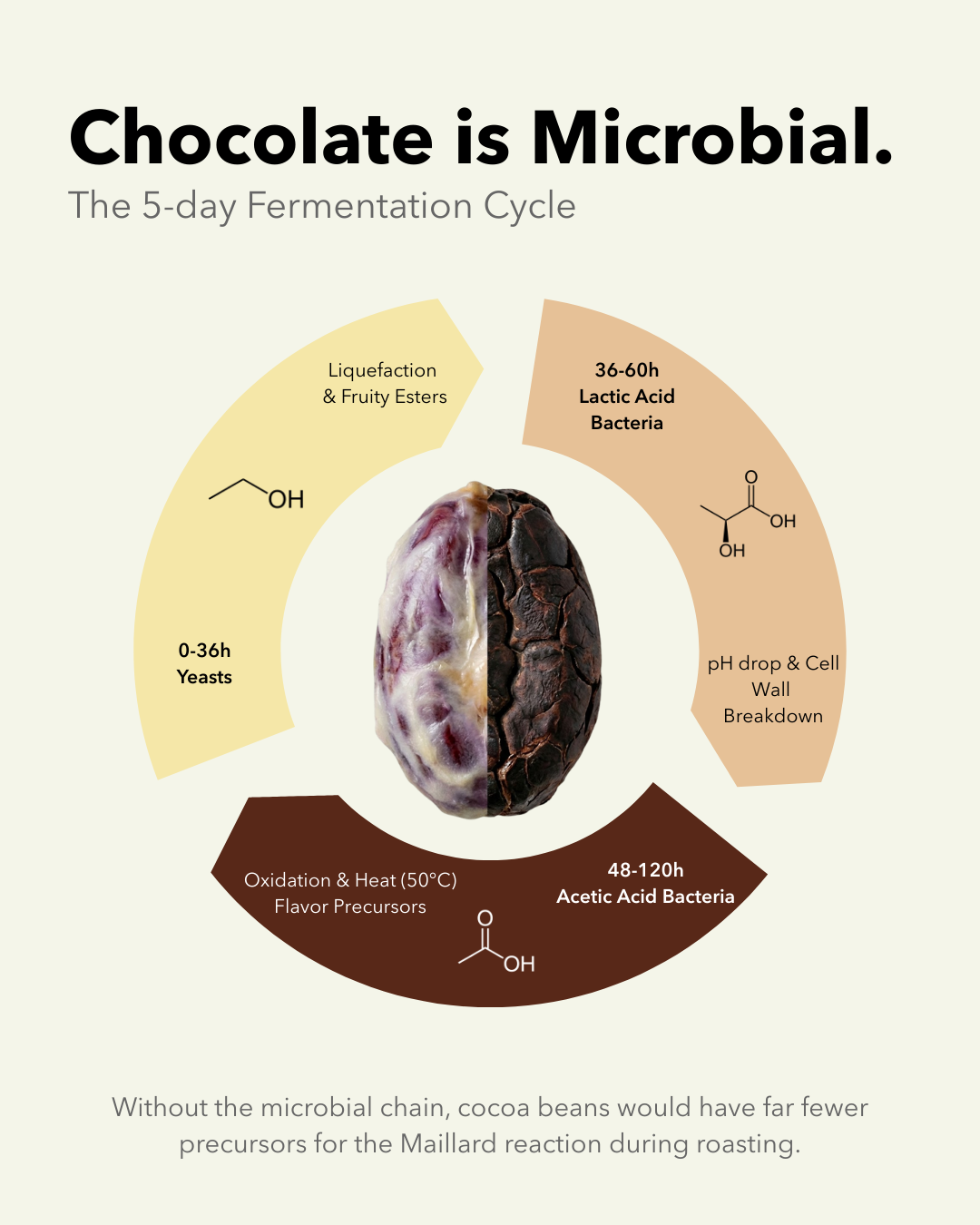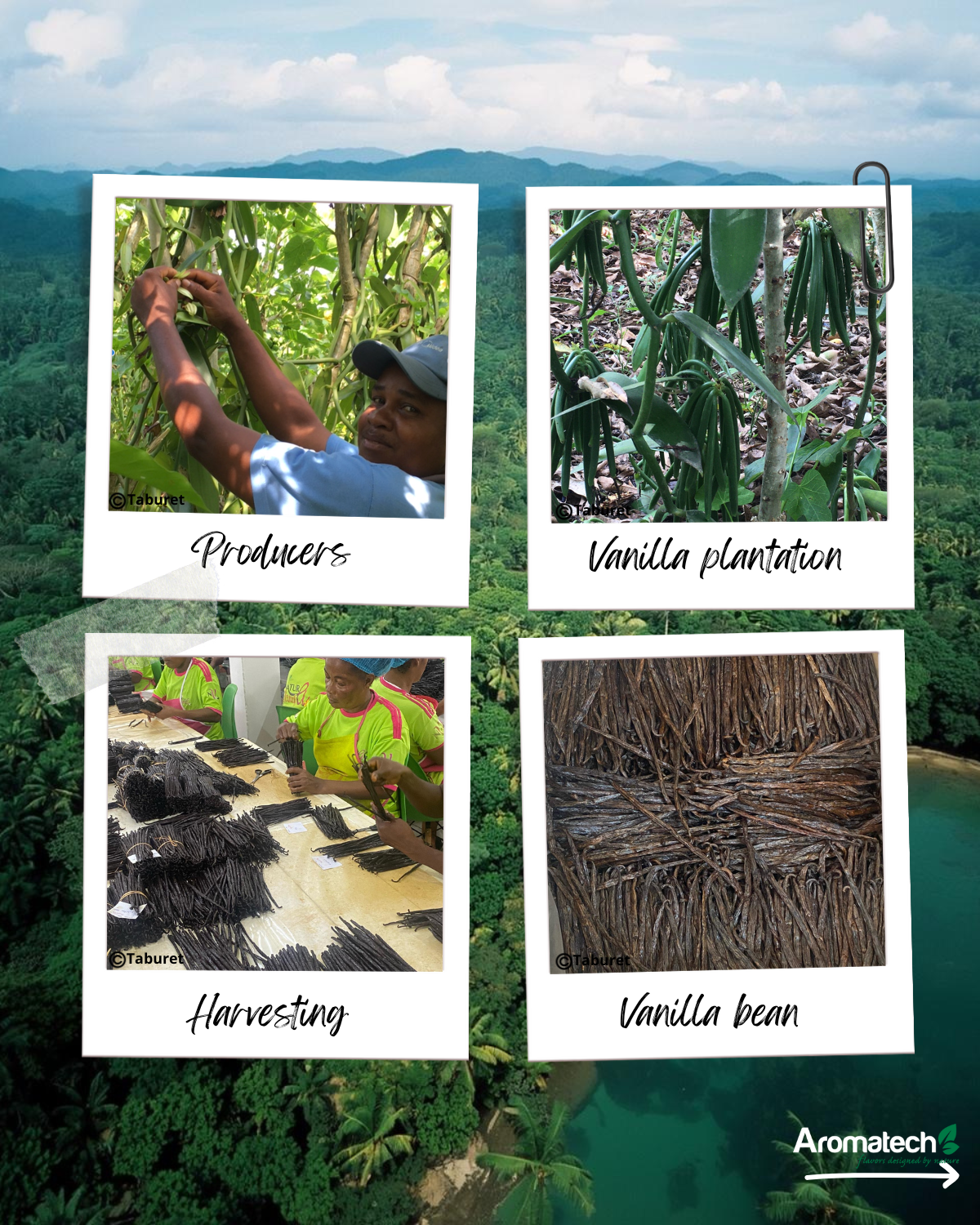The Taste We Didn’t Know We Needed
In 1908, Kikunae Ikeda, a man whose eyes saw what others could not, isolated glutamate from kombu, a type of seaweed used in Japanese cooking. This was umami—neither sweet nor bitter, salty nor sour. It was something else, a savory richness that coated the tongue and changed every dish it touched. For decades, however, umami was dismissed by the West, its subtlety overlooked in the rush for boldness.
It wasn’t until 1985—nearly eighty years later—that umami found its rightful place alongside the other basic tastes. The world opened its palate, and what was once strange became essential. Meats, aged cheeses, fermented foods, and tomatoes—these foods were not merely nutritious; they were desirable, and they were umami.
The Evolution of Taste
Taste has always been more than simple survival. Sweet, salty, sour, bitter, and umami form a spectrum as old as humanity itself. But where do these tastes come from, and what do they mean?
- Sweet is the promise of energy, the sugar that powers us through.
- Salty is survival, a reminder of the sodium our bodies need to function.
- Sour warns of the unripened, the spoiled.
- Bitter tells us to beware, for it might be poison.
- Umami? Umami is the signal of protein, the very building block of life.
But taste is more than instinct. It’s culture, tradition, and evolution. Umami is in our DNA, guiding us toward foods that sustain our bodies and souls. The umami receptors on your tongue, refined over thousands of years, evolved to guide you toward protein-rich foods. But this taste is about more than survival—it is joy, satisfaction, and connection.
The Sixth Taste and Beyond
The world of taste doesn’t end at five. If the tongue could speak, it might tell us of new frontiers, of flavors waiting to be discovered. Today, scientists push the boundaries of what we know, and some whisper of a sixth basic taste—fat. The idea is not new. After all, who hasn’t felt their mouth water at the sight of rich, marbled beef or the golden crust of a buttery pastry? We recognize it instinctively. Fat speaks to something deep within us.
But it doesn’t stop there. In 2023, researchers found that our tongues might also sense ammonium chloride, a sharp taste most common in certain candies, detected by the OTOP1 protein receptor. Could this too be a new basic taste? And then there’s kokumi, a flavor described not as savory, but as something deeper—rich, hearty, filling.
Some even argue for other sensations—spicy heat, metallic sharpness, or the dry pucker of astringency—to be considered tastes in their own right. As we learn more, it becomes clear that the human tongue is not a simple instrument but a complex network, designed to perceive the world’s flavors in all their glory.
The Future of Taste
As we sit at the edge of culinary discovery, we realize that taste is not static. Like language, it evolves with time and understanding. And just as food reflects culture, so too does it influence biology. As our tastes evolve, so do our bodies.
The discovery of umami—and the possibility of more basic tastes—has opened new worlds in the kitchen and beyond. In nutrition, it offers a way to develop healthier, more appealing foods, perhaps even ones that trick our tongues into craving what’s good for us. In medicine, it leads to innovations in how we treat taste disorders, potentially offering new solutions for people whose sense of taste has been altered by illness or age.
Our species evolved in a world of scarcity, where taste guided us toward survival. But now, in a world of abundance, taste guides us toward something more—pleasure, connection, and creativity.
The story of taste is the story of humanity. From Kikunae Ikeda’s small lab to kitchens around the world, from the simple sweetness of a ripe peach to the rich complexity of umami, we have followed our tongues through centuries of evolution. And with each bite, each discovery, we are reminded that taste is more than what we eat. It is who we are.
Sources:
– Ajinomoto Co., Inc. (2023). The Taste of History.
– SciTechDaily. (2023). Beyond Umami: Scientists Discover a Sixth Basic Taste.
– MSGDish. (2023). Umami as a Taste.
– NPR. (2015). Oleogustus Is the Newly Discovered Taste—And Boy, Is It Bad.
– New York Post. (2023). Scientists Discover Sixth Taste Commonly Found in Certain Candy.
For more information on our flavoring solutions, contact us at americas@aromatechus.com.



